What Esthetician Procedures Require a Laser Certification?
In the world of skincare and beauty treatments, laser technology has become a pivotal tool for estheticians. However, due to the potential risks associated with laser procedures, laser certification is often required. As the landscape of laser technology evolves, understanding the legal and educational necessities for practitioners is crucial. Let's take a moment to explore which esthetician procedures specifically necessitate a laser certification.
Laser Hair Removal Procedures
How Laser Hair Removal Works
Laser hair removal utilizes concentrated light beams to target and damage hair follicles, inhibiting future growth. This process selectively heats the melanin in hair, effectively disrupting the follicular structure without harming the surrounding skin. Laser hair removal can produce long-lasting hair reduction. Popular for its precision and speed, the global laser hair removal market was valued at $1.22 billion in 2024, according to Fortune Business Insights. Such widespread adoption highlights the appeal and efficacy of laser technology in hair removal applications.
Qualification Requirements for Practitioners
Practitioners performing laser hair removal must possess specific qualifications to ensure safe and effective treatment. This often includes completion of accredited training programs that cover the fundamentals of laser operation, skin physiology, and patient management. Additionally, understanding various hair and skin types is crucial for customizing treatments and minimizing adverse reactions. Regulatory requirements for certification vary by region, but maintaining updated credentials is universally emphasized to keep pace with technological advancements. Qualified practitioners can thus deliver optimal outcomes and enhance client satisfaction.
Certification and Training
Various laser certification programs offer estheticians the necessary prowess to perform laser hair removal safely. These programs typically combine theoretical knowledge with hands-on experience, essential for mastering the nuances of laser technologies. Coursework includes understanding laser physics, skin types, laser safety standards, and post-procedure care. Regulatory bodies often evaluate training quality, ensuring compliance with industry standards. Continuous education opportunities help practitioners stay informed about emerging technologies and best practices.
Popular Laser Hair Removal Devices
Modern estheticians have access to various laser devices tailored for hair removal, each offering distinct advantages. Diode lasers are widely employed due to their deep penetration and suitability for various skin tones. Devices integrating advanced cooling systems enhance client comfort, reducing procedural discomfort. Practitioners must acquaint themselves with equipment features to maximize treatment efficacy.
Laser Skin Resurfacing
Understanding Skin Resurfacing Lasers
Laser skin resurfacing involves the use of targeted laser beams to remove damaged skin layers, stimulating collagen production and new skin cell growth. This procedure is used to reduce wrinkles, scars, and other skin blemishes, promoting a more youthful and even complexion. Different laser types, such as CO2 and erbium lasers, are chosen based on specific skin concerns and desired outcomes. By providing precise, controlled removal of skin layers, these treatments rejuvenate skin with reduced risk of complications. Understanding laser properties and skin interactions forms the basis of effective resurfacing treatments.
Certification Requirements for Practitioners
Professionals offering laser skin resurfacing must comply with stringent laser certification requirements due to the complex nature of these procedures. Training programs educate estheticians on laser-tissue interactions, equipment calibration, and patient safety protocols. Certification ensures competence in assessing skin conditions and customizing treatments for individual needs, minimizing risks and enhancing outcomes. Certified practitioners are prepared to manage patient expectations and potential complications. Continuous education is critical, as innovations in laser technology demand updated proficiency in new methodologies and devices.
Types of Resurfacing Treatments
Several types of laser skin resurfacing treatments cater to diverse skin requirements, each uniquely designed for specific conditions. Ablative lasers, such as CO2 lasers, remove top skin layers with precision, ideal for deep scars and wrinkles. Non-ablative lasers target deeper dermal layers to stimulate collagen production without notable skin removal, offering quicker recoveries. Fractional lasers create microscopic skin injuries to encourage natural healing processes, effectively treating a broad range of imperfections. Selecting the appropriate treatment type is paramount for achieving desired patient outcomes safely.
Tattoo Removal With Lasers
Advancements in Tattoo Removal Technology
Tattoo removal technology has seen significant advancements, with lasers enabling effective ink breakdown while minimizing skin damage. Lasers target specific tattoo pigments with varying wavelengths, facilitating gradual fading over multiple sessions. Innovations such as picosecond lasers have enhanced precision and efficacy, reducing treatment timelines. Improved equipment has broadened the range of removable tattoo colors, adapting to diverse pigment compositions. Such technologies have elevated tattoo removal from rudimentary methods to sophisticated, effective procedures.
Certification Standards for Laser Tattoo Removal
Estheticians undertaking laser tattoo removal must acquire specialized certification due to the complexity of the procedure and risk of complications. Training programs focus on laser operation, skin assessments, and managing diverse tattoo pigments. Certification standards ensure that practitioners are proficient in safety measures, patient consultations, and post-treatment care. Compliance with regional regulations is mandatory, guiding practitioners to maintain high safety and quality standards. Continuous skill development in emerging technologies is essential for certified professionals.
Procedural Techniques and Best Practices
Effective tattoo removal relies on precise techniques and adherence to best practices, tailored to each client’s tattoo characteristics. Initial consultations assess tattoo colors, size, and depth, informing the selection of appropriate laser types and settings. Implementing standardized protocols enhances safety, including thorough skin assessments. Best practices extend to profiling healing processes and advising clients on protective measures post-procedure. Expertise in procedural techniques ensures safe and successful tattoo fading results.
Laser Treatment for Vascular Lesions
Identification and Types of Vascular Lesions
Vascular lesions, including spider veins, are superficial blood vessels that are amenable to laser treatment. Identifying lesion types is crucial for selecting appropriate laser procedures, as factors such as depth, size, and location affect treatment choice. Common treatments involve pulsed dye lasers that target different vascular anomalies. Laser intervention aims to selectively absorb hemoglobin, collapsing treated vessels without damaging surrounding skin. Understanding vascular anatomy and lesion variations is essential for effective, safe treatment.
Application of Lasers in Treatment
Laser treatments for vascular lesions involve precision-targeted light pulses that selectively coagulate visible vessels. The absorption of laser energy by hemoglobin causes controlled heating, ultimately leading to the reabsorption and clearance of treated vessels. This approach minimizes surrounding tissue damage, reducing the likelihood of scarring or pigment changes. Selecting suitable lasers and tailoring treatment parameters to individual cases enhances efficacy and safety. Lasers offer a non-invasive alternative to surgery, appealing to patients seeking efficient solutions for vascular blemishes.
Training and Certification Needs
Effective laser treatment for vascular lesions requires practitioners to be well-versed in specific training and laser certification standards. Certification programs emphasize patient assessments, laser parameter adjustments, and safety measures integral to successful outcomes. Training encompasses a comprehensive understanding of skin conditions, ensuring practitioners can tailor treatments to diverse needs and anticipate potential complications. Adherence to certification and regulatory guidelines protects both clients and practitioners, fostering trust and credibility. Advancements in vascular laser technologies necessitate continuous education and experience for estheticians.
Laser-based esthetic procedures have transformed modern skincare, offering precise, effective, and customizable treatments for diverse client needs. However, with this advanced technology comes an equally significant responsibility—proper education, training, and certification. From hair removal and skin resurfacing to tattoo and vascular lesion treatments, each procedure requires an in-depth understanding of laser physics, skin biology, and patient safety. Laser certification programs at the American Academy of Aesthetics not only validate practitioner competence but also safeguard client wellbeing by standardizing safety and procedural protocols. Reach out to us today to get started!
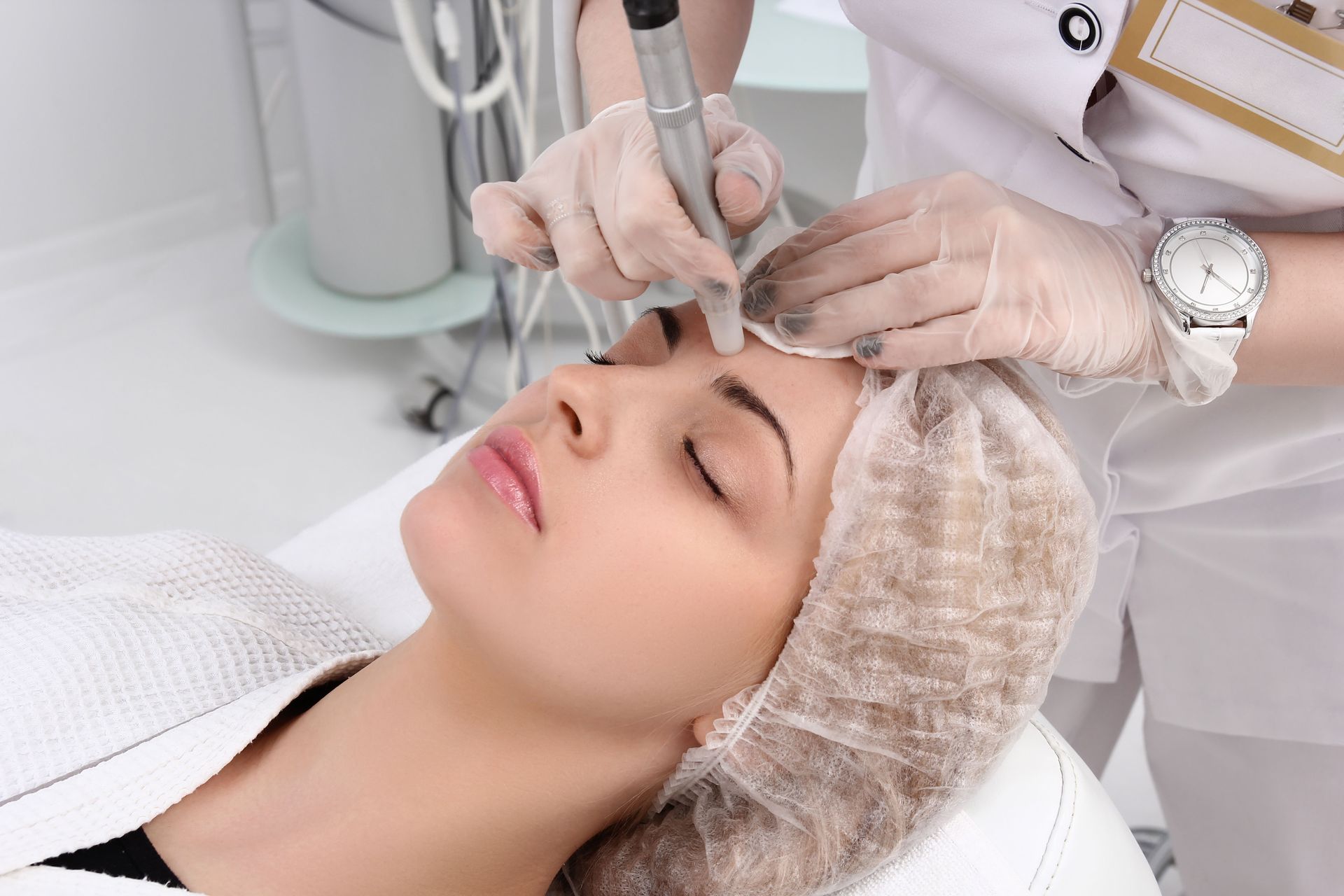



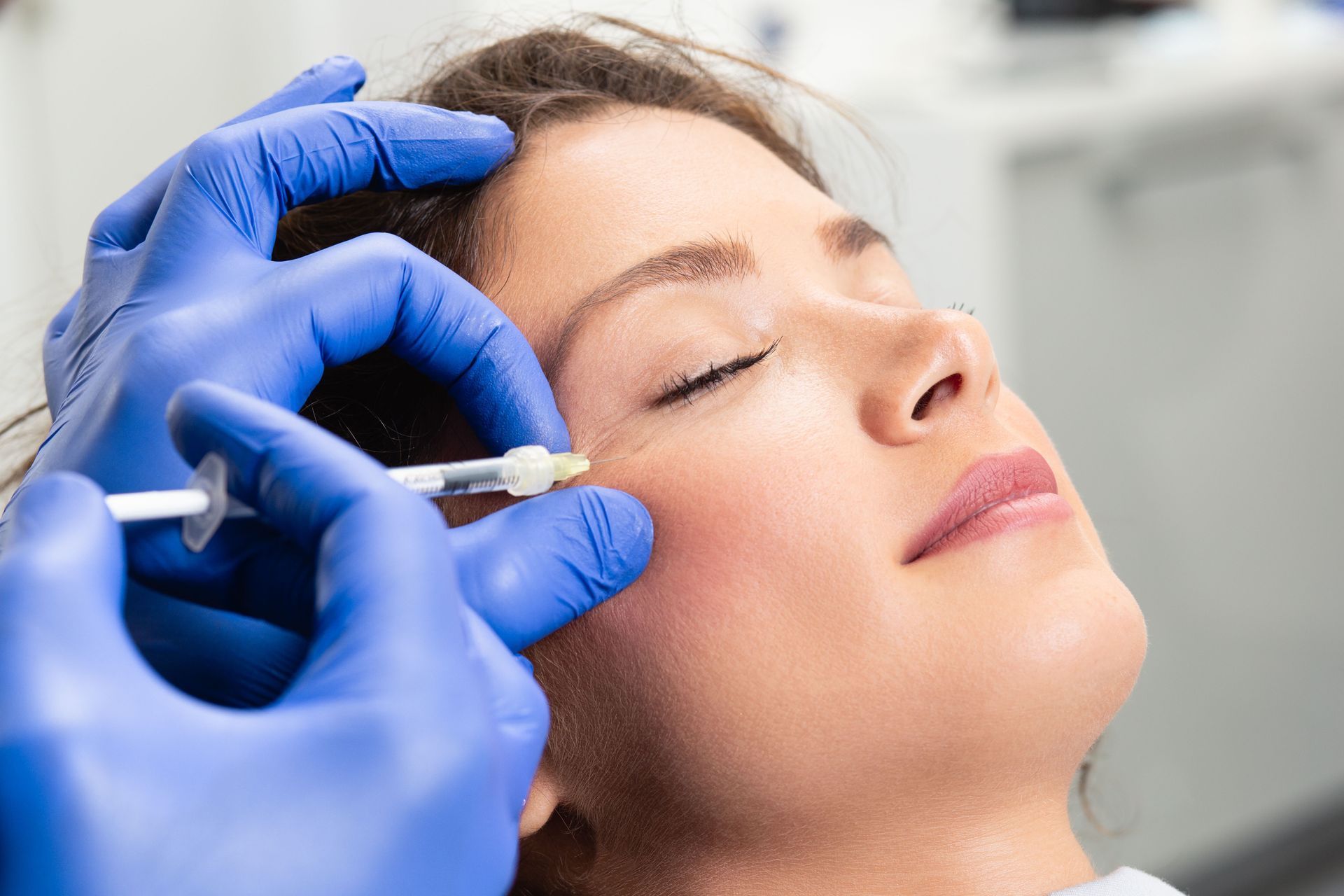

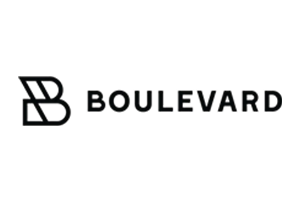
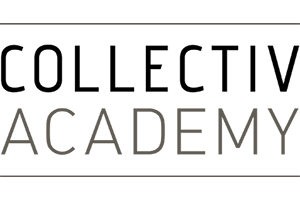


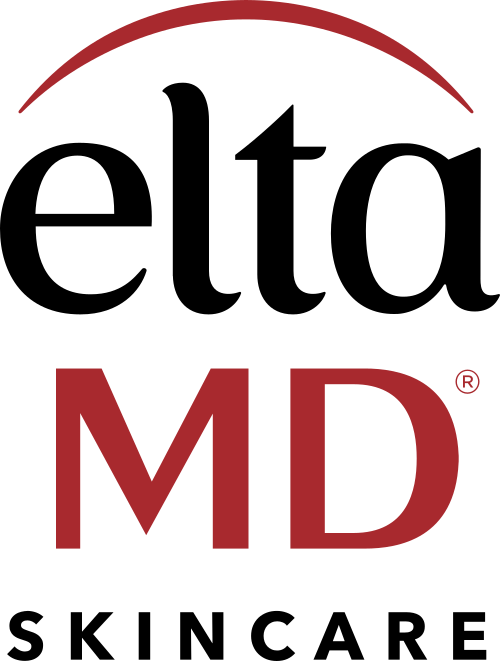
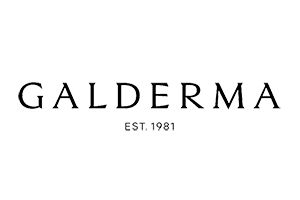

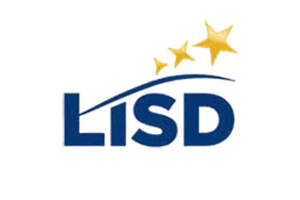
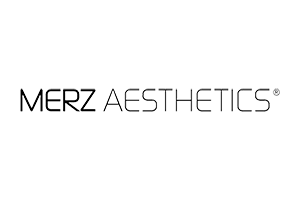
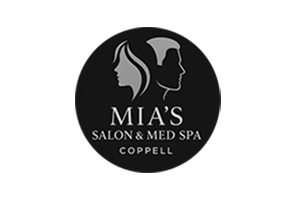

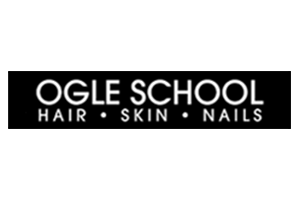
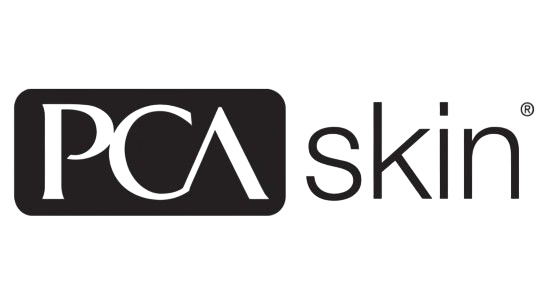


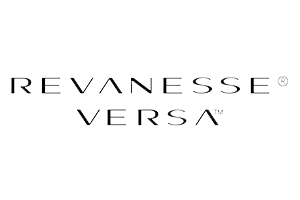






Share On: